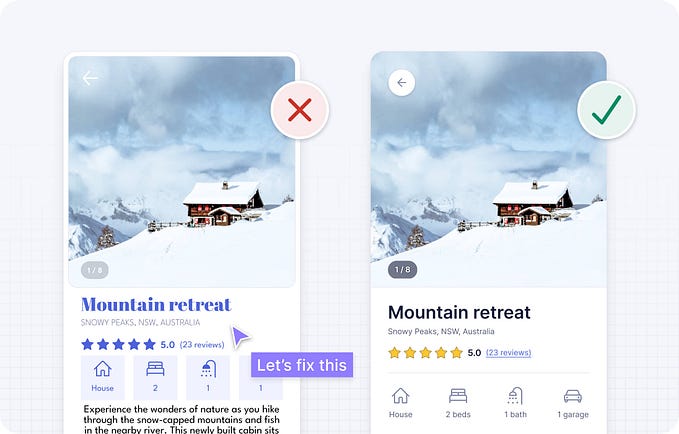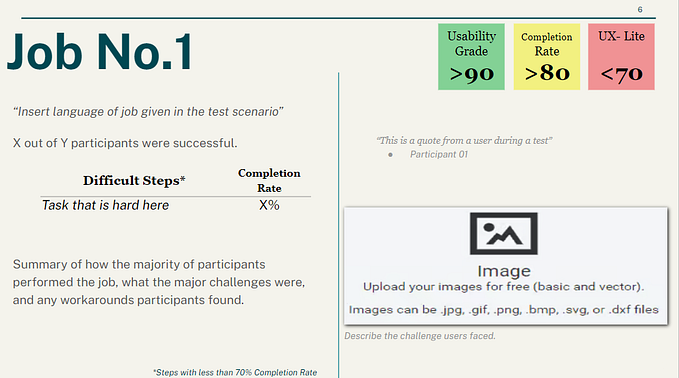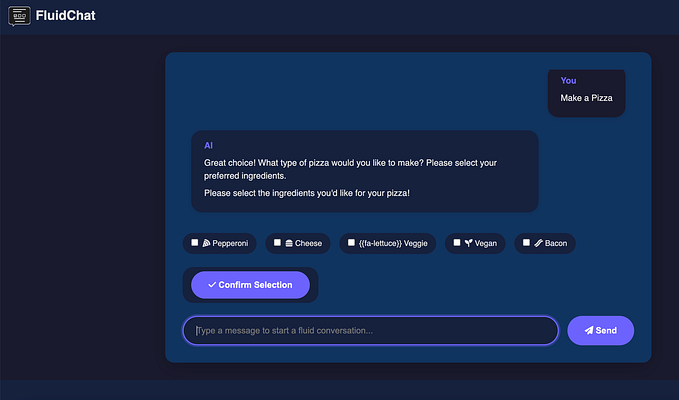Heuristic Evaluation — Voice Design

Hi there! Designing voice interfaces can be hard and even harder to evaluate. For a quick inspection of your voice-based designs, a heuristic evaluation can be used. The most famous one is by Jakob Nielsen. The only issue is that it’s mostly for computer software and not voice designs.
I’ve taken some of the things I learned when evaluating automated phone systems and other voice interactions for companies in many different industries to ensure the system follows best practices and conversational design guidelines.
Does it have natural, conversational sounding dialog flow?
In other words, is it following linguistic principles of spoken language? For example, the use of discourse marker (Now, By the way, etc.), pointer words (that vs this), Grice’s cooperative principles? A hint is that the way we speak is different from the way we write.
Are errors progressive and helpful in nature?
When encountering errors, are they helpful to the user? If your voice application is just repeating the same error over and over again, it really doesn’t help the user move forward. A hint here is the more the user fails, the more the errors should guide the user, from general to specific.
Does the application match the user’s mental model? Is it using customer language and meet the expectation around the tasks to be completed?
A great system is always proactive and can anticipate the reason behind the intent. For example, if I’m using a voice application to check the status of my order, the system should be proactive and look up my account info to see if there’s an active order. When it comes to customer language, are you speaking the way they speak? Remember that speech happens in context and there’s a difference between the way we speak and write. A hint here would be to avoid technical jargon and use the words of your target audience.
Right-channel: Voice is not the right channel for everything. So, is it leveraging the right channel?
Just because voice interaction is a trend now doesn’t mean it should be used for everything. What’s the context of the usage?
Does it accommodate frequent users, give personalization and remember what some of the choices or reasons why they’re using the device?
Do you think about your power users? Having your frequent users go through every single option every time is not a good way to create a memorable experience. This is something to think about when designing error strategies as well. Giving a personalized greeting and seamless experience will enhance the overall experience of the application.
Does the persona fit the task (i.e., brand perception, demographics, etc.)?
Every brand has an image and are you designing with that in mind? Understanding the demographics, target users, frequency of usage can all help with creating a persona that fits right for the task.
While voice is still catching up, it’s important to think about how to create a great experience for all your users. If you need help with UX process for voice, you can check it out here. All these can generate greater task completions and overall customer satisfaction.
More from me:
- Designing Voice Experience
- Follow me on Twitter
- Video I made about VUI










